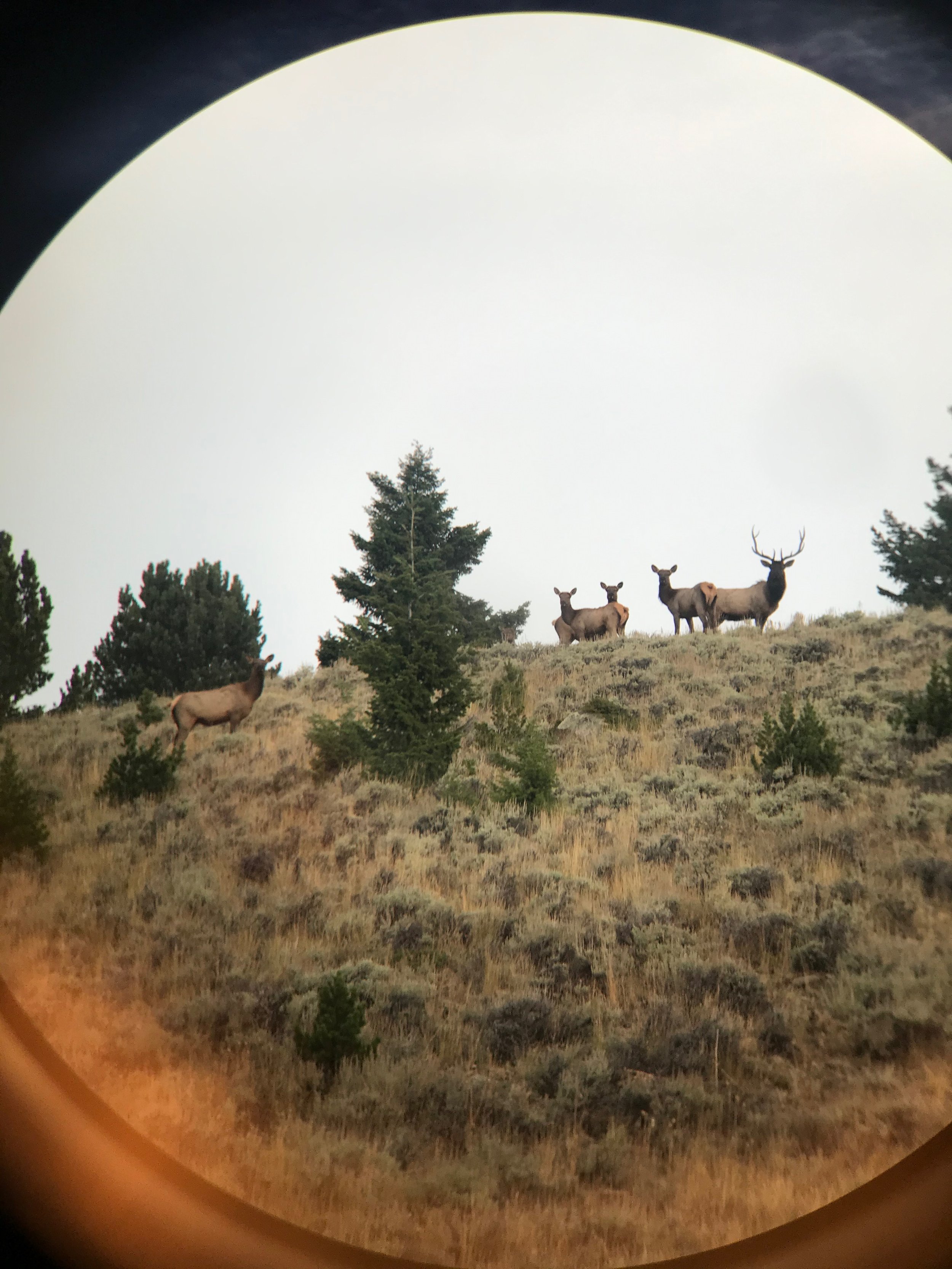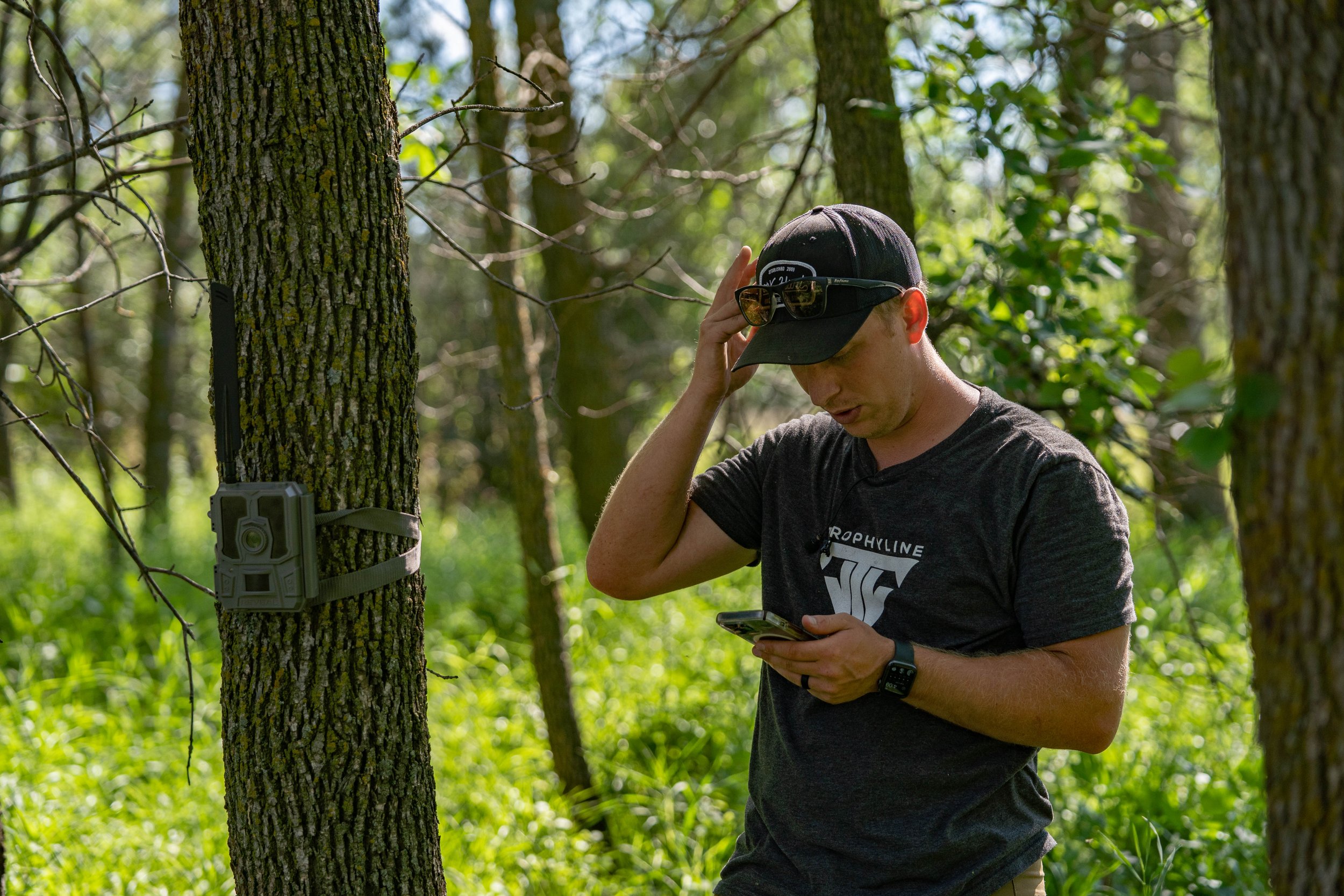By Alex Comstock
Shed hunting is going to be the theme here on the blog over the next month or so. There’s so many things I could cover when it comes to shed hunting, and I want you to have as much success as possible when you’re out searching for antlers.
Today, I’m going to cover some underrated spots to locate antlers. In the last blog post, I covered some go-to shed hunting areas (which you can read HERE). The go-to spots are great, but these underrated spots can surely produce as well. So let’s jump into them.

Understanding these underrated spots to find sheds will only help your levels of success.
Thick and Nasty Bedding Areas
Typically when discussing bedding areas to shed hunt, things such as southern facing slopes, cedar swamps, etc. And those are definite go-to areas. But, what amazes me is what people don’t want to walk through. Often times, when I come out of the woods I look tattered, scratched up and like I just got out of a fight. And that’s because I’m simply walking through the thickest, nastiest stuff I can find. Many times, bucks like to bed in these types of spots, especially during the winter months.
A personal example is in some areas I shed hunt, there are large areas inhabited by buckbrush. Buckbrush (also called buckthorn) is thick, nasty and it plain sucks to walk through. Deer love to bed and feed in it as buckthorn berries are a great natural browse that deer love. Many times, people don’t like to walk in thick areas such as this. And this can work to your advantage.
Natural Food Sources
If you can locate natural food sources or browse back off the beaten path, these can be little gold mines. When it comes to shed hunting around food sources, the obvious choices are crop fields and late season food plots. These can most definitely produce and should be go-to areas. More under the radar type of food sources though are those that are natural, usually residing back in the timber. Once again, buckthorn berries for me are a prime example as well as mountain ash berries. These are examples to my specific location. Every location has different types of natural browse, but if you can identify some areas where deer are congregating in the winter, you’ll be in the chips.
Overlooked Public Land
This can fall in line with the same train of thought as overlooked public when it pertains to actually hunting in the fall. Look for those small pieces that might butt up to a private crop field. Maybe it’s a piece of public with a large CRP field a mile back where bucks could be using to bed. At the end of the day, look for those types of pieces where bucks could be using the land in the winter, but others are most likely not looking. The less competition looking for shed antlers, the better your chances of finding some.
Conclusion
Overall, there are many, many places you could look to find shed antlers. These three spots have become some of my favorite underrated areas to look over the years and they always produce. So, this winter and spring, if you find yourself struggling to find antlers, be sure to give spots like these a try!






























